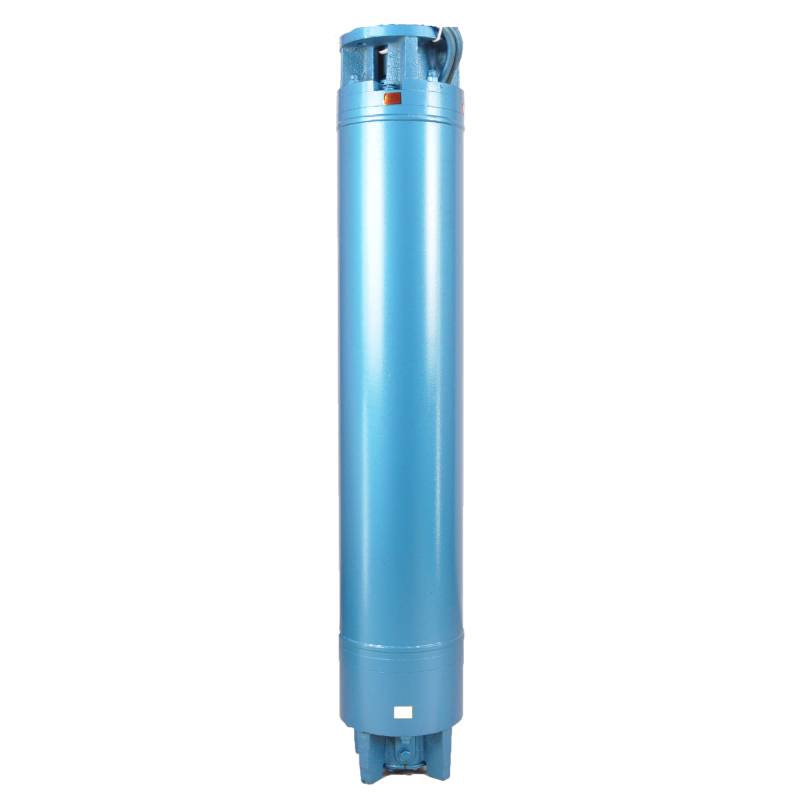Dec . 06, 2024 03:36 Back to list
submersible condensate pump
Understanding Submersible Condensate Pumps A Comprehensive Overview
Submersible condensate pumps are specialized devices designed to remove condensate—excess liquid that forms as a byproduct of cooling or heating processes—from various systems. While often overlooked, these pumps play a critical role in ensuring efficient operation across a variety of applications, from residential HVAC systems to industrial processes.
What is a Submersible Condensate Pump?
A submersible condensate pump is a type of pump that operates while submerged in the liquid it’s designed to pump. Unlike traditional pumps, which are limited to above-ground installations, submersible pumps can work directly in the fluid, allowing for more efficient and effective operation. These pumps are typically equipped with a sealed motor designed to prevent water ingress, ensuring durability and reliability.
Key Features and Components
Submersible condensate pumps often feature a compact design, making them suitable for tight installation spaces. Major components of these pumps include
1. Motor The motor is usually hermetically sealed to prevent any water from entering and causing damage. Submersible motors are capable of running underwater without any risk of electrical failure.
2. Float Switch Many submersible pumps are equipped with a float switch that automatically turns the pump on or off based on the water level in the reservoir. This ensures that the pump operates only when necessary, conserving energy and prolonging the lifespan of the unit.
3. Impeller The impeller is a critical component that moves the condensate through the pump. It is designed to efficiently handle the specific flow rate and pressure requirements of the application.
4. Suction Strainer To prevent debris from entering the pump and causing clogs, a suction strainer is installed at the intake. This component helps maintain the pump’s efficiency and minimizes maintenance needs.
Applications of Submersible Condensate Pumps
Submersible condensate pumps find a wide range of applications in various industries
submersible condensate pump

- HVAC Systems These pumps are commonly used in air conditioning systems, where they remove condensate produced during the cooling process. Proper drainage is crucial for preventing water damage and maintaining system efficiency.
- Boiler Systems In industrial settings, submersible condensate pumps are employed to manage the condensate produced by steam boilers, ensuring that the system operates smoothly.
- Refrigeration In refrigeration and food processing industries, these pumps help manage excess water from cooling systems, preventing overflow and maintaining safety standards.
- Residential Uses Submersible condensate pumps also serve residential applications, such as in basement sump pump systems, where they manage groundwater levels.
Advantages of Using Submersible Condensate Pumps
The use of submersible condensate pumps offers several advantages
- Space-Saving Design Their compact size makes them ideal for environments with limited space, allowing for installation in areas where traditional pumps may not fit.
- Energy Efficiency With automatic float switches and designs optimized for direct liquid handling, these pumps typically consume less energy than their above-ground counterparts.
- Reduced Noise Levels Because they operate underwater, submersible pumps tend to be quieter, making them suitable for residential and commercial environments.
Conclusion
In summary, submersible condensate pumps are essential components in many systems where condensate management is necessary. Their efficient design, coupled with automatic operation, makes them a reliable choice for a variety of applications. Understanding their features, components, and benefits can help users select the right pump for their needs, contributing to enhanced operational efficiency and reduced downtime. As industries evolve and the demand for effective fluid management solutions grows, the significance of submersible condensate pumps will continue to be recognized.
-
Submersible Water Pump: The Efficient 'Power Pioneer' of the Underwater World
NewsJul.01,2025
-
Submersible Pond Pump: The Hidden Guardian of Water Landscape Ecology
NewsJul.01,2025
-
Stainless Well Pump: A Reliable and Durable Pumping Main Force
NewsJul.01,2025
-
Stainless Steel Submersible Pump: An Efficient and Versatile Tool for Underwater Operations
NewsJul.01,2025
-
Deep Well Submersible Pump: An Efficient 'Sucker' of Groundwater Sources
NewsJul.01,2025
-
Deep Water Well Pump: An Efficient 'Sucker' of Groundwater Sources
NewsJul.01,2025
-
 Submersible Water Pump: The Efficient 'Power Pioneer' of the Underwater WorldIn the field of hydraulic equipment, the Submersible Water Pump has become the core equipment for underwater operations and water resource transportation due to its unique design and excellent performance.Detail
Submersible Water Pump: The Efficient 'Power Pioneer' of the Underwater WorldIn the field of hydraulic equipment, the Submersible Water Pump has become the core equipment for underwater operations and water resource transportation due to its unique design and excellent performance.Detail -
 Submersible Pond Pump: The Hidden Guardian of Water Landscape EcologyIn courtyard landscapes, ecological ponds, and even small-scale water conservancy projects, there is a silent yet indispensable equipment - the Submersible Pond Pump.Detail
Submersible Pond Pump: The Hidden Guardian of Water Landscape EcologyIn courtyard landscapes, ecological ponds, and even small-scale water conservancy projects, there is a silent yet indispensable equipment - the Submersible Pond Pump.Detail -
 Stainless Well Pump: A Reliable and Durable Pumping Main ForceIn the field of water resource transportation, Stainless Well Pump has become the core equipment for various pumping scenarios with its excellent performance and reliable quality.Detail
Stainless Well Pump: A Reliable and Durable Pumping Main ForceIn the field of water resource transportation, Stainless Well Pump has become the core equipment for various pumping scenarios with its excellent performance and reliable quality.Detail
